ESRO visit
Posted: 21 February 2008 10:20
On Tuesday I began documentary research at a more local level by paying a visit to the East Sussex County Record Office (ESRO) in Lewes.
Although the bibliographies of the various local history books list many ESRO files, they only record the box number, and not the number of actual file within that box that contains the document. This makes life harder for me, as the rules at ESRO are different to those at TNA.
Digital cameras are not allowed, so I had to revert to the traditional method of pencil and paper which is highly frustrating for me. At TNA, I spend less time reading and comprehending documents and more time photographing those that appear useful after a brief scan. This allows me to process the information at my leisure.
Without a camera, every document has to be read to ensure that any important information is noted down. This means that the initial information processing has to be done in the reading room of the archive and not the living room at home.
The knock-on effects are that more work has to be done within the windows of opportunity that are the reading room opening hours. If you're having an off-day and not concentrating well, it affects the subsequent stages of research.
It also means far more visits; I spent over 4 hours browsing through a total of three relatively small files. Had I been using a camera, I could have covered this ground inside half an hour!
It may seem that I'm having a moan about being forced to use the good old-fashioned research methods, but no; I started archive research about 20 years ago in relation to a school history project and the traditional methods served me well into my pre-digital camera research at TNA. It's just that the study scope I have relies on being able to process a vast amount of information quickly and efficiently.
Neither am I criticising local archives; they do not receive anything like the funding that TNA does; they often are short of space, staff and other resources that means that they cannot provide services and facilities they would love to.
Which leads me to think whether the apparent lack of documentary research in anti-invasion studies is down to the logistics of actually extracting useful documentary evidence from archives. If you don't live in south-east England, getting to the national museums and TNA in London on a regular basis is going to prove costly and awkward. If would-be historians also find it difficult to undertake research on a local basis, then it's no wonder that more people don't employ documentary research.
Anyway, back to the positives. Despite slow progress, I did come across some interesting information regarding nodal points and particularly the boundaries of such.
What I didn't know was that Ninfield's original NP boundary actually grew bigger while Uckfield's was greatly reduced.
I also found a few Cassini grid references to roadblocks and a defence post, but the find of the day was a series of 8 maps showing the boundaries and some of the roadblocks of selected NPs in the northern part of the county. This is particularly good, as records so far have turned up almost nothing about the inland defences.
I know of many more potentially useful files in ESRO and will be making many more visits, but I've got a feeling that it's going to be a very l-o-n-g process...
- Pete

Email:
Blog Latest
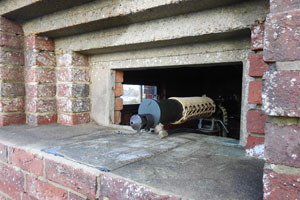
Bishopstone reveals its pillbox secrets
18 October 2021
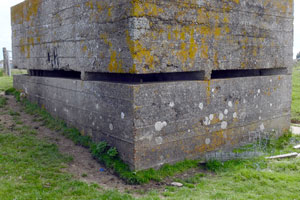
Pillbox or Observation Post?
10 June 2020
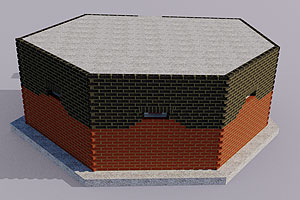
Uncovering the hidden secrets of a pillbox
8 June 2019
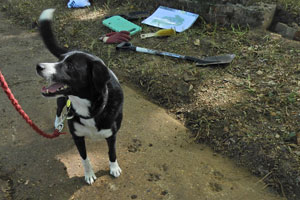
Review of 2018
31 December 2018
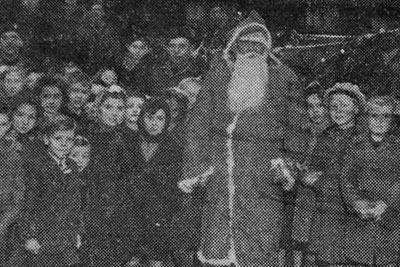
Wartime Christmas in East Sussex (2)
24 December 2018
Jargon-buster
Cassini Grid
Cassini Grid was the map reference system in use on British military maps from 1919 until the introduction of the National Grid Reference system still used today on Ordnance Survey maps. The two systems are not related, and so wartime Cassini references need to be converted to modern National Grid. More information can be found on the maps page.
Nodal Point
Defended road junction(s), usually within a village/town with a Home Guard garrison intended to deny enemy use of the roads. Nodal Points were not to defend the village, but solely the road network. Category 'A' Nodal Points were to hold out for 7 days after invasion without outside assistance.
TNA
The National Archives (formerly The Public Records Office or PRO).
This site is copyright © Peter Hibbs 2006 - 2024. All rights reserved.
Hibbs, Peter ESRO visit (2024) Available at: http://pillbox.org.uk/blog/216543/ Accessed: 27 July 2024
The information on this website is intended solely to describe the ongoing research activity of The Defence of East Sussex Project; it is not comprehensive or properly presented. It is therefore NOT suitable as a basis for producing derivative works or surveys!